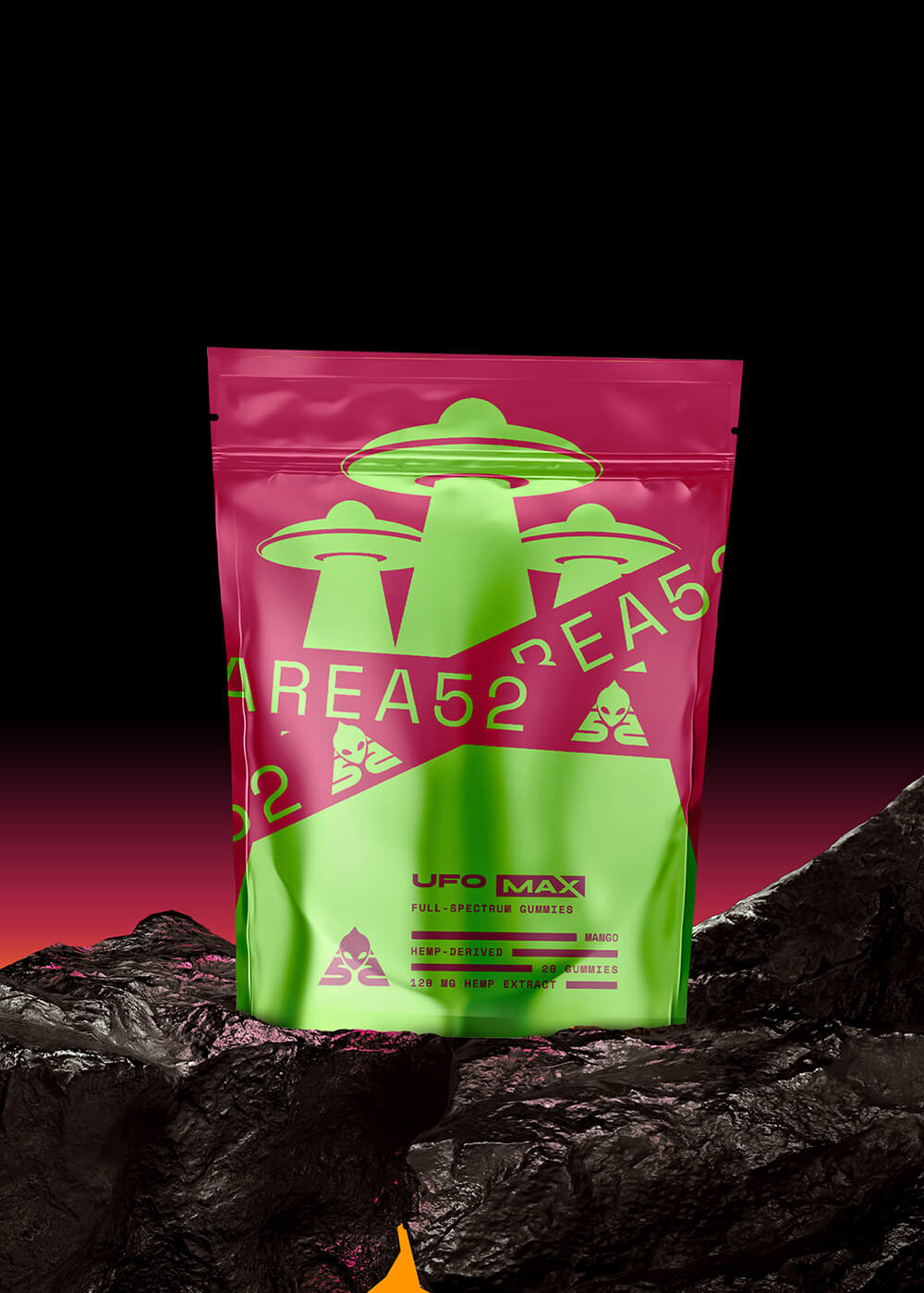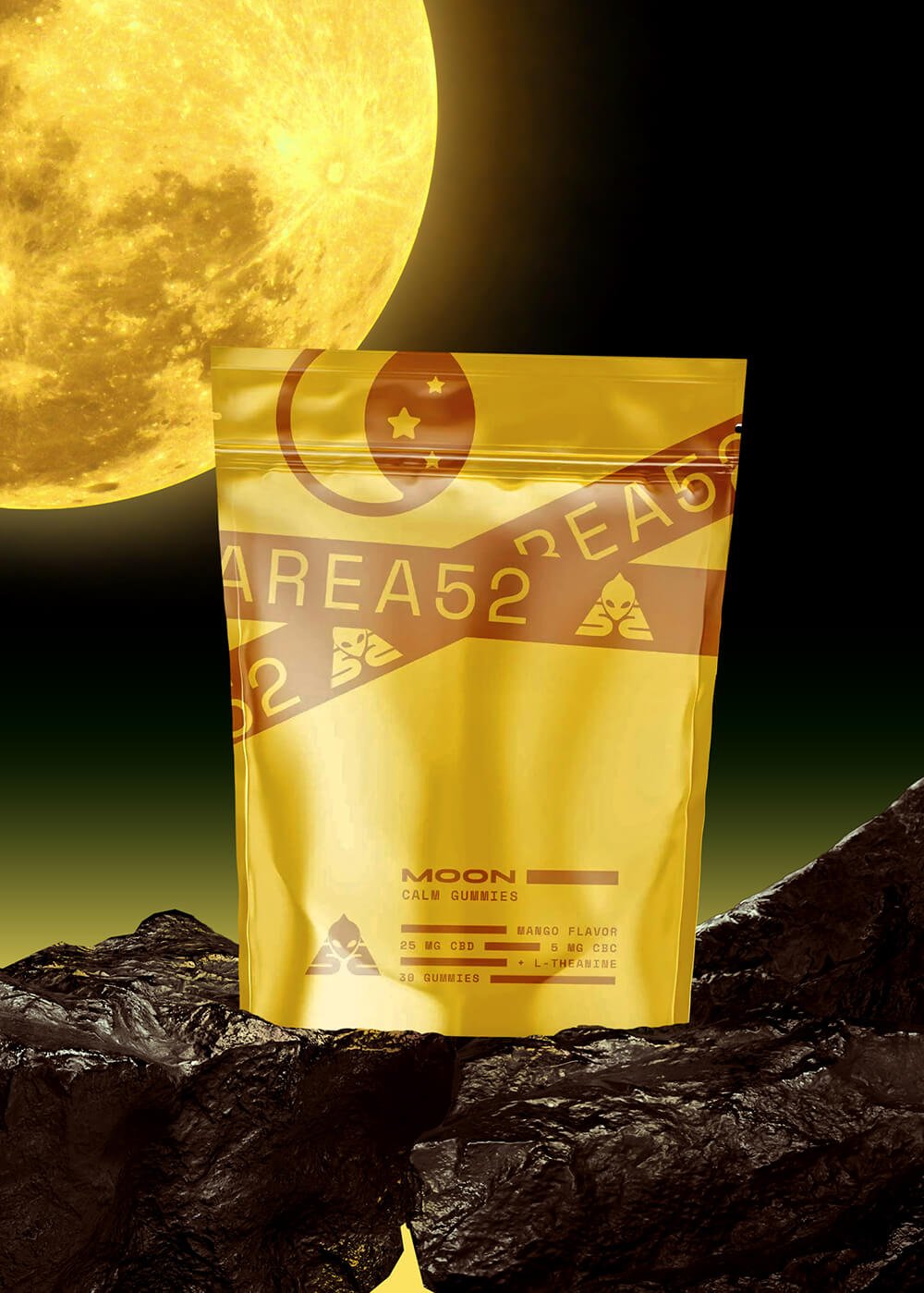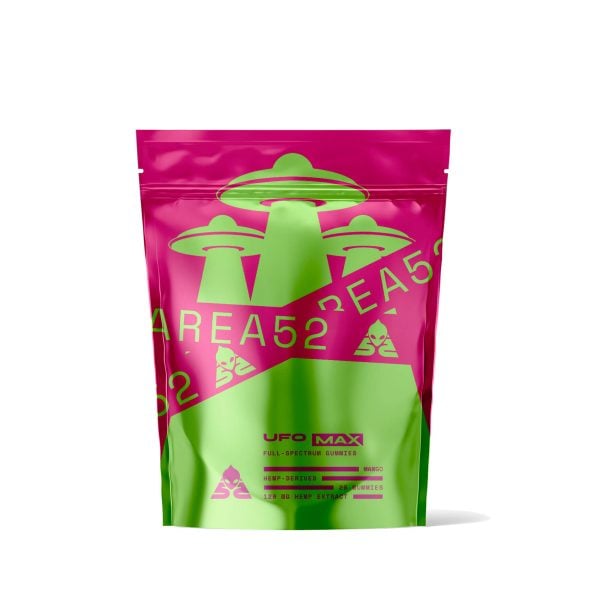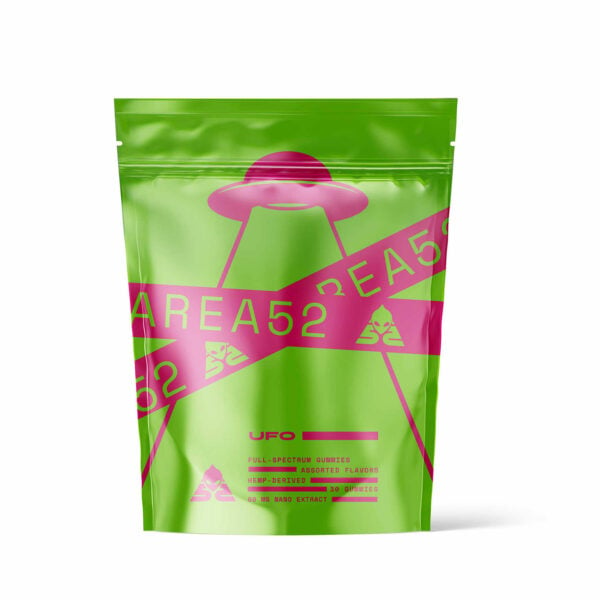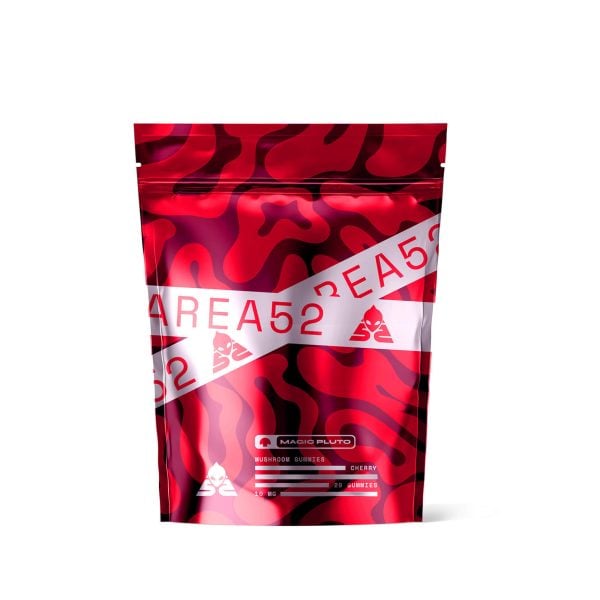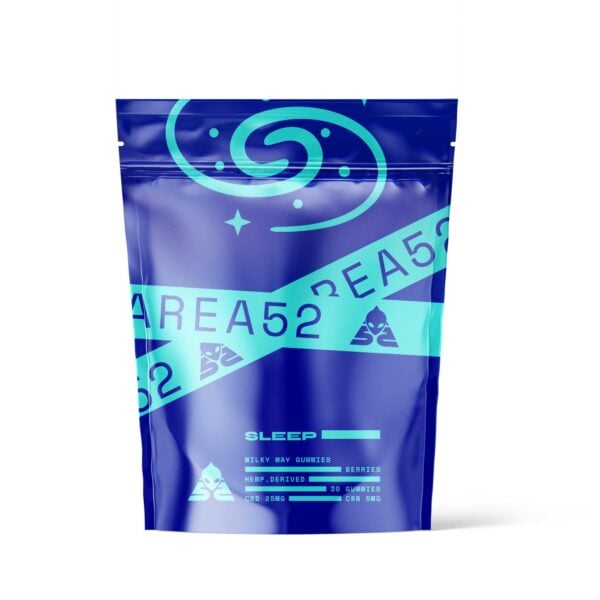What to Do If You’re Too High? Ultimate Guide to Sober Up from Cannabis
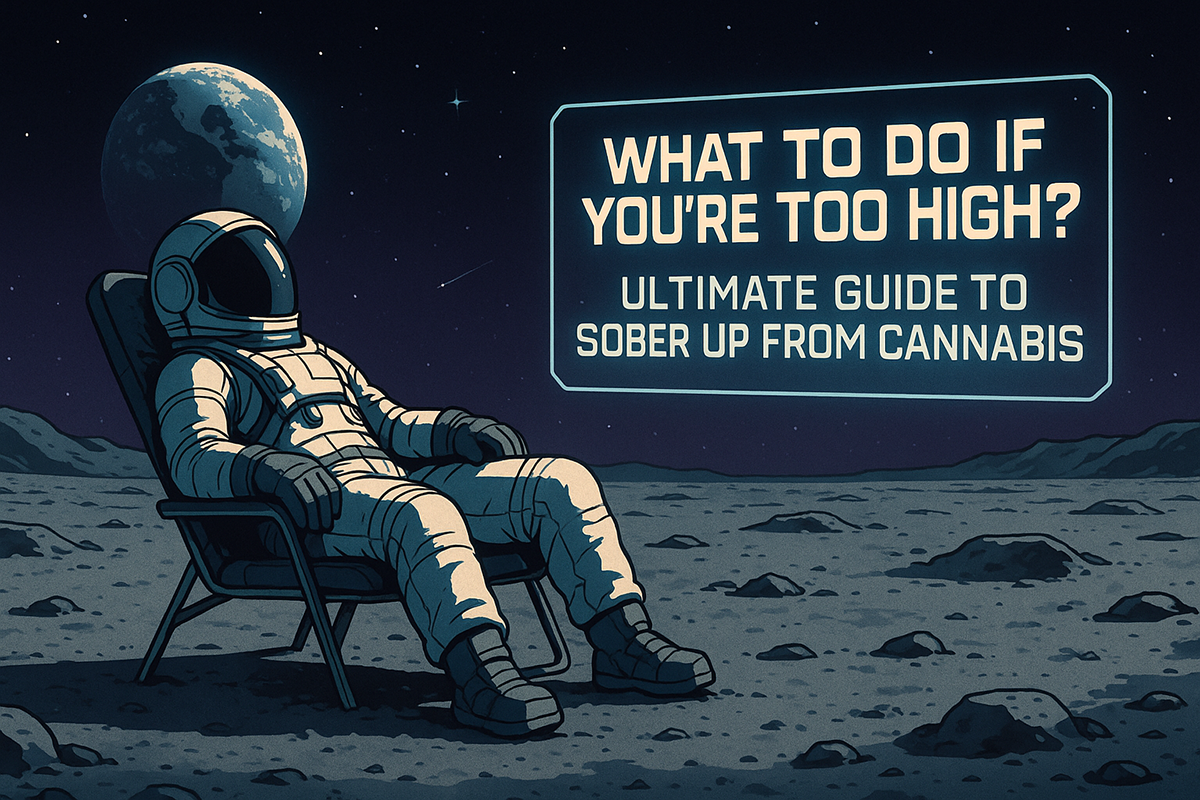
Just a few puffs or maybe one little bite more, you said.
Before you know it, you find yourself curled up on the couch, about to fall asleep or maybe dealing with one of the strongest highs you’ve ever had.
Some people can tolerate a bad marijuana experience, but if you’re one of those who can’t, then this is for you. We’ve listed some of the best tips for sobering up, how to make things more comfortable and how to stop being high.
8 Tips to Bring Down Your High
If you’ve had too much weed, then here are the most popular ways of reducing your high and why they help, but later we’ll cover how to make sure your environment is safe and why you get so high in the first place.
Cannabis has many cannabinoids like CBD and THC. These bind to the CB1 and CB2 receptors in the endocannabinoid system, which modulates many physiological functions. These include pain, sleep, appetite, memory, learning, focus, concentration, motor and sensory functions, fear, anxiety, stress, etc. This system is also involved in emotions and mood regulation.
THC binds strongly to CB1 and can overstimulate it, making you feel more anxious, stressed out, and paranoid.
If you find yourself in this situation, here are some things you can do to reverse it, or at least make it manageable.
1. Don’t Panic
The more you concentrate on these negative feelings, the more you’ll be feeding into them and worsening your experience, so remain calm and don’t panic.
If you’re afraid of overdosing and it’s contributing to your panic attack, then know that you won’t overdose on cannabis. There aren’t enough cannabinoid receptors in the brain center that controls our breathing and heartbeat. Too much THC won’t affect your breathing capabilities.
2. Relax, Rest, or Sleep
Have you ever wondered why you developed a couch lock or felt so sleepy and deeply relaxed after consuming THC or too much cannabis? It’s because of the CB1 receptor as well. THC affects your central nervous system. It promotes sleep and relaxes the muscles.
This effect may also occur because of myrcene, a terpene known for its sedating and relaxing effects.
If the couch lock is becoming too unpleasant for you, just relax, give in to the sensation, and rest. Better yet, sleep it off. When you wake up, the psychoactive effects will have worn off.
3. Shift Your Focus
Shifting your focus also helps get your mind out of your unpleasant high. You can take a quick walk for some fresh air around your backyard, do some light household chores, or maybe even watch a movie.
You should not do activities that require quick thinking, judgment, and reflexes like driving since the cannabis high and marijuana impair these functions.
4. Use CBD
Using CBD also helps dampen some of THC’s mind-altering effects. It can help regulate mood and reduce anxiety by modulating how THC binds to your cannabinoid receptors.
CBD doesn’t bind well to the CB1 receptor, so it won’t get you high. However, CBD can dock on another area in the receptor (not its active site) and change its form or shape. This makes it harder for more THC to bind to the receptor and cause their overstimulation.
CBD also dampens the effects of THC on the brain’s reward and pleasure centers. It also eases the psychotic symptoms induced by high THC levels.
You can place a few CBD drops under your tongue or vape CBD oil. These methods produce fast effects, and you could feel a bit better in just under 15 minutes.
5. Try Aromatherapy
Or use terpenes if you have them on hand. Many have calming effects when inhaled, but you could try eating foods high in them, too. Certain cannabis strains and essential oils are known for their anxiety reducing effects.
Limonene
Limonene (abundant in lemons) produces an anti-stress effect that can help calm your mind.
You can also try plain lemons. Just squeeze a couple of lemons into a glass of water and drink. You can also cut a lemon in half and suck on its juices. Not only is it refreshing, but it might help you relax.
Caryophyllene
Caryophyllene is a popular terpene known for its relaxing effects.
Black pepper is high in caryophyllene, so you can also try munching on black peppers. Just pop a few kernels in your mouth and chew. It probably takes some getting used to, but it might relieve some of the uglier side effects of THC.
Rosemary, oregano, and cloves also have caryophyllene, so get creative in the kitchen or be brave and munch on them plain.
Pinene
Ever walked through the woods and felt immediately relaxed? There’s a reason for that. Pinene can impact your mood, so take a walk if you have woods nearby (not by yourself, please). Otherwise, find some pine needles or use pinene to take a fake breath of fresh air (hint: it’ll take more than one breath).
Just remember, essential oils and terpenes are potent and can be dangerous. Be careful when using them, especially for inhalation or ingestion.
6. Keep Yourself Hydrated
Common side effects of THC also include dry mouth and dry eyes. According to research, it decreases the production of saliva and tears.
These unpleasant sensations can be pretty uncomfortable and contribute to your worsening anxiety and stress. To relieve these sensations and help your body process the psychoactive compound, you should keep yourself hydrated and drink plenty of water. Avoid alcoholic drinks since weed and alcohol don’t mix well together; in fact, alcohol can increase the THC levels in your blood.
7. Grab a Light Snack
Eating light snacks addresses three things:
- It takes your mind off of your high.
- It prevents edibles from hitting you too hard.
- It satisfies your craving for food.
There are no significant differences between smoking weed on an empty stomach and smoking weed on a full stomach.
However, the effects of cannabis will hit you hard and fast if you consume edibles on an empty stomach. Experts believe that an empty stomach absorbs cannabis more quickly, so its effects can come on strong and hard.
High THC levels can also induce munchies when it activates the CB1 receptor. This doesn’t cause any discomfort, but what you eat might. So instead of snacking on fatty and salty food, you can stock up on healthy fruits and vegetables for when the munchies hit.
8. Alert a Friend
These methods only help relieve THC’s side effects, but how long its potent effects last depend on your metabolism and how much THC you’ve had.
If the effects are getting worse, then alert a friend. Sometimes having a sober person around can ease your mind, but they’re also available if you need further help.
How Do You Get Too High?

How does this happen? How did you get so stoned that easily?
There are actually multiple factors that contribute to a potent high.
THC, the main psychoactive cannabinoid found in cannabis, binds very well to the CB1 receptors in the brain. This receptor is predominantly found in the central nervous system, including the brain center that controls pleasure, reinforcement, and reward. This center also plays a key role in developing addictive behaviors.
THC’s activation of the CB1 receptor produces the mind-altering, intoxicating, and pleasurable effects of cannabis. However, overstimulation of these receptors may also result in unpleasant side effects such as:
- Increased stress and anxiety levels
- Panic attacks
- Extreme confusion
- Dizziness
- Hallucinations, delusions, and paranoia
- Motor incoordination
- Impaired reflexes
- Memory problems
- Poor judgment
- Difficulty holding conversations
- Changes in blood pressure
- Fast heartbeat
- Nausea and vomiting
- Lethargy
- Powerful couch lock
Overstimulation occurs when you consume a very high amount of THC, but it can also be because your body isn’t used to THC — a small amount can easily trigger unpleasant side effects.
The consumption method also plays a role, with smoking and vaping kicking in faster than edibles. Now, one rookie mistake many people make is consuming too much too soon, especially with edibles, resulting in potent high.
Another factor is tolerance levels. First time users have lower tolerance, so they experience stronger highs compared to experienced users.
The experience may be unpleasant and even scary for some. The best thing to do is to avoid getting too high and make sure you use marijuana safely.
5 Tips to Stay Safe, Especially if You’re New to Weed
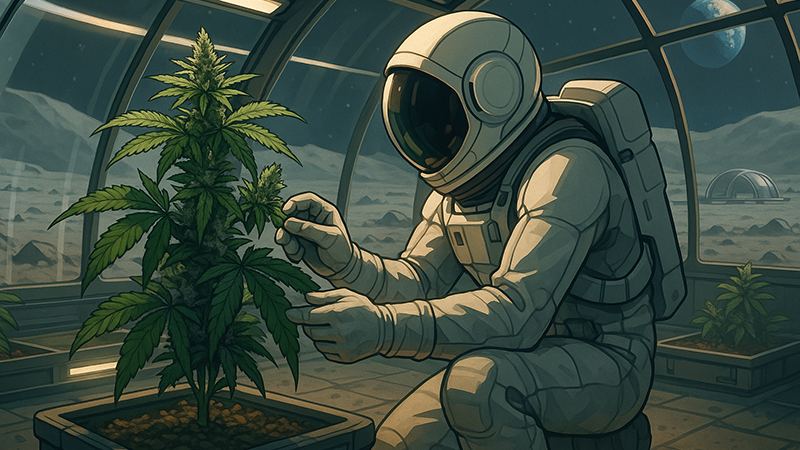
Weed can be fun, especially if you reside in a state that legalized marijuana and have access to legal weed. But getting too stoned can take the pleasure out of the whole experience. If you’re new to weed, there are ways you can prepare yourself to avoid THC’s side effects.
1. Smoke Weed With Trusted Friends
The side effects of THC can be pretty disconcerting, so surround yourself with friends you can trust and make sure you’re in a safe and comfortable place. People smoke marijuana socially most of the time so it’s always best to be with trusted friends.
Your trusted friends will take care of you if something bad happens.
2. Know the Strain and Its Expected Effects
Knowing what type of cannabis strain you’re using also helps. Reading reviews about the strain gives you an idea of its expected effects. You can even choose a strain based on your desired effects.
3. Be Extra Careful with Edibles & Concentrates
You should always be careful when consuming cannabis. Edibles and concentrates are potent; a small amount can go a long way, so be careful when using these types.
Concentrates hit hard and fast (under 15 minutes) since the cannabinoids are quickly absorbed by the cells and directly join the blood circulation.
On the other hand, the effects of edibles take some time (30 minutes to more than an hour and a half) to kick in. The cannabinoids go through the digestive system and the liver first before joining the circulation.
4. Start Low, Go Slow
Smoking weed isn’t like smoking cigarettes, where you can take successive puffs. You have to wait a while and assess your reaction before taking another hit.
Many beginners new to edibles also make the mistake of taking another bite soon after the first one, thinking that the edible wasn’t potent enough. When the effects finally kick in, they’re left reeling from the impact of potent THC levels.
If you’re new to weed, start with a low dose and go slowly, or it will ruin the whole experience for you.
5. Know Your Limit
Don’t feel pressured by the people around you. If you think you’re getting too stoned, then stop. Know your limits, especially if you’re surrounded by strangers.
Final Thoughts — Sober Up from the High Safely
Getting too stoned may be uncomfortable for a while, but you’ll soon come down from your high once the effects of THC wear off. If you find it unbearable, then follow the tips we’ve mentioned above. These are safe ways to help you cope with THC’s negative side effects.
Have you tried some of these methods? Which ones are the most effective for you? Let us know in the comment section.
Frequently Asked Questions
1. How do you get yourself out of a high?
If you feel too high, you should begin by drinking water and getting some fresh air. Try shifting your focus by doing light and easy activities, like a short walk. Using CBD can also help in balancing the psychoactive effects of THC. Taking a nap or resting can give your central nervous system time to recover.
2. How do I know if I’m too high?
You may be too high if you experience anxiety, confusion, or dizziness. Other signs are dry mouth, impaired judgment, and difficulty concentrating. If these symptoms disrupt your ability to function normally, it’s a sign to consume a lower dose next time.
3. Will drinking water lower your high?
Drinking water can help alleviate dry mouth and support your body’s natural recovery processes, but it won’t directly lower your high. Staying hydrated helps your body process THC faster and more efficiently, which may eventually reduce the intensity of the psychoactive effects.
4. What can you eat to bring down a high?
Eating light, healthy snacks can help distract your mind and slow the absorption of THC. You can also try munching on whole peppercorns or a slice of lemon, both of which have calming properties.
5. How do you drop out of a high quickly?
No magic cure exists, but you can try different strategies: Rest in a quiet, comfortable place; drink plenty of water; and use CBD to help counteract the psychoactive compound. Breathing exercises and exposure to fresh air can also help. If you’re really uncomfortable, having a trusted friend around can provide reassurance.
References Used
- Sharpe, L., Sinclair, J., Kramer, A., de Manincor, M., & Sarris, J. (2020). Cannabis, a cause for anxiety? A critical appraisal of the anxiogenic and anxiolytic properties. Journal of translational medicine, 18(1), 374.
- Herkenham, M., Lynn, A. B., Little, M. D., Johnson, M. R., Melvin, L. S., de Costa, B. R., & Rice, K. C. (1990). Cannabinoid receptor localization in the brain. Proceedings of the National Academy of Sciences of the United States of America, 87(5), 1932–1936. [2]
- do Vale, T. G., Furtado, E. C., Santos, J. G., Jr, & Viana, G. S. (2002). Central effects of citral, myrcene, and limonene, constituents of essential oil chemotypes from Lippia alba (Mill.) n.e. Brown. Phytomedicine: international journal of phytotherapy and phytopharmacology, 9(8), 709–714.
- do Vale, T. G., Furtado, E. C., Santos, J. G., Jr, & Viana, G. S. (2002). Central effects of citral, myrcene, and limonene, constituents of essential oil chemotypes from Lippia alba (Mill.) n.e. Brown. Phytomedicine: international journal of phytotherapy and phytopharmacology, 9(8), 709–714.
- Niesink, R. J., & van Laar, M. W. (2013). Does Cannabidiol Protect Against Adverse Psychological Effects of THC?. Frontiers in psychiatry, 4, 130. [5]
- d’Alessio, P. A., Bisson, J. F., & Béné, M. C. (2014). Anti-stress effects of d-limonene and its metabolite perillyl alcohol. Rejuvenation Research, 17(2), 145–149.
- Machado, K. da C., Paz, M. F. C. J., Oliveira Santos, J. V. de, da Silva, F. C. C., Tchekalarova, J. D., Salehi, B., Islam, M. T., Setzer, W. N., Sharifi-Rad, J., de Castro e Sousa, J. M., & Cavalcante, A. A. de C. M. (2020). Anxiety Therapeutic Interventions of β-Caryophyllene: A Laboratory-Based Study. Natural Product Communications.
- Salehi, B., Upadhyay, S., Erdogan Orhan, I., Kumar Jugran, A., L D Jayaweera, S., A Dias, D., Sharopov, F., Taheri, Y., Martins, N., Baghalpour, N., Cho, W. C., & Sharifi-Rad, J. (2019). Therapeutic Potential of α- and β-Pinene: A Miracle Gift of Nature. Biomolecules, 9(11), 738.
- Prestifilippo, J. P., Fernández-Solari, J., de la Cal, C., Iribarne, M., Suburo, A. M., Rettori, V., McCann, S. M., & Elverdin, J. C. (2006). Inhibition of salivary secretion by activation of cannabinoid receptors. Experimental biology and medicine (Maywood, N.J.), 231(8), 1421–1429.
- Thayer, A., Murataeva, N., Delcroix, V., Wager-Miller, J., Makarenkova, H. P., & Straiker, A. (2020). THC Regulates Tearing via Cannabinoid CB1 Receptors. Investigative ophthalmology & visual science, 61(10), 48. [10]
- American Association for Clinical Chemistry (AACC). (2015, May 27). Any dose of alcohol combined with cannabis significantly increases levels of THC in the blood. ScienceDaily.
- Stott, C. G., White, L., Wright, S., Wilbraham, D., & Guy, G. W. (2013). A phase I study to assess the effect of food on the single-dose bioavailability of the THC/CBD oromucosal spray. European journal of clinical pharmacology, 69(4), 825–834.
- Kirkham T. C. (2009). Cannabinoids and appetite: food craving and food pleasure. International review of psychiatry (Abingdon, England), 21(2), 163–171.
- Lupica, C. R., Riegel, A. C., & Hoffman, A. F. (2004). Marijuana and cannabinoid regulation of brain reward circuits. British journal of pharmacology, 143(2), 227–234. [14]
